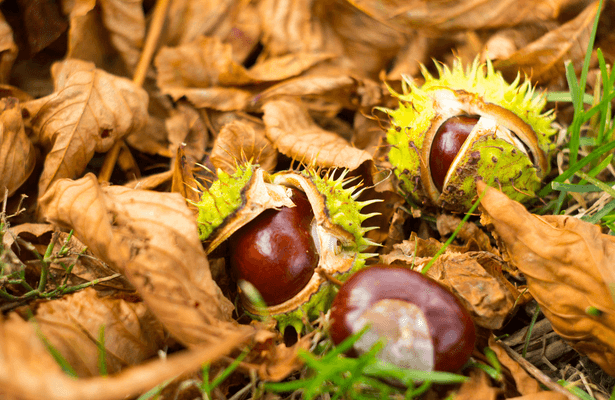When picking fruits in the forest, as with mushrooms, you have to make sure they are edible before eating them. In France, some people confuse chestnuts with marrons and end up in the emergency room with poisoning. Also, the authorities warn us and remind us of the differences between these two fruits.
Autumn is here, and this season, ideal for walks in the forest, allows us to pick up everything that the trees have dropped. Acorns, chestnuts, sweet chestnuts… But do you know how to recognize them? If you plan to eat the fruit of your harvest, it is better to be able to differentiate them.
Confusion between chestnut and marron: beware of poisoning!
As recalled by theNational Agency for Food, Environmental and Occupational Health Safety (Anses) until recently, the differences between chestnuts and marrons. Indeed, it is better to know how to distinguish them since one is edible, the other is not.
Every year, pickers make a mistake and get sick from food poisoning.
The confusion between chestnuts and marrons is significant since, according to a survey carried out from 2012 to 2018 by Anses among poison control centers, it represents 11% of plant confusions, all seasons combinedThe symptoms of poisoning are quite classic: abdominal pain, nausea, vomiting, throat irritation, etc.
Chestnuts, a boon for your health
The vendors on the street may shout ” Hot chestnuts ! “, what they offer to eat are not chestnuts, but sweet chestnuts, chestnut fruits (Castanea sativa). Not only are they edible and delicious, they are also excellent for your health.
Rich in carbohydrates, fiber and source of mineralschestnuts are eaten after being cooked, in boiling water or directly in the fireplace, in a pan with holes.
Fresh chestnuts in the basket – © pilipphoto
You don’t know how to recognize a chestnut? It’s easy. It is locked up, with another chestnutin a brown (or green when unripe) husk that looks like a ball of needles. You will generally only pick it upin the forest, in the orchards or on the edge of the fields. Be careful not to get pricked!
Nutrition and health benefits of chestnut
Horse chestnut is not edible, it is toxic
The chestnut, whose official name is horse chestnut, is found in cities, parks or schoolyards. Its husk, green in color, is larger than that of the chestnut and its spikes are harder and more spaced out, but less prickly. It contains only one chestnut, larger, rounder and shinier than the chestnut. This is the seed of the horse chestnut (Aesculus hippocastanum) which is the only one of this species to grow in France.

Chestnut is the seed of the Horse Chestnut tree – @FP media
You can also pick it up, but in that case, it is ornamental or used for crafts. It is also said to be particularly effective in keeping spiders away. In any case, it should never be cooked.
If in doubt, if you are worried that you may have consumed it and feel sick, Do not hesitate to go to the emergency room or call 15.
Article updated
consoGlobe also recommends…
Source: www.consoglobe.com


